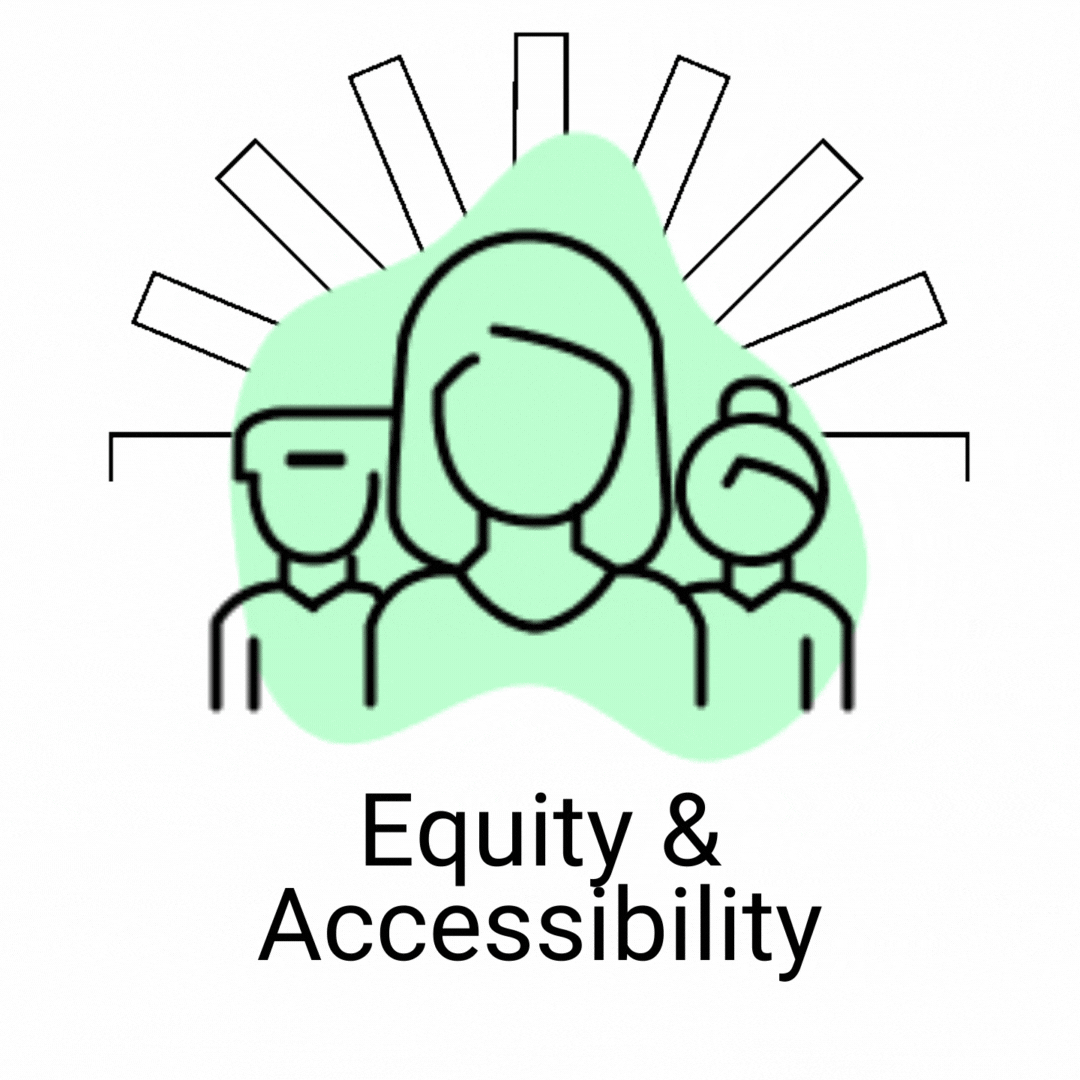Overview
There are 39 million blind and 246 million individuals with low vision worldwide, according to the World Health Organization (WHO). The economic impact, inclusive of unemployment, approached $3 trillion dollars in 2010 with conservative estimates of $75 billion dollars per year in the United States alone. While therapeutic advances are in the ‘pipeline’ for a handful of conditions, there are a multitude of causes that still engender severe visual disability and the prevalence of many of these conditions is on the rise. Impaired vision constrains one’s mobilit, inevitably leading to issues with unemployment, quality of life losses, and functional dependencies that limit psychosocial well-being. This project will increase the safety profile and ease-of-use of the VISION (Visually Impaired Smart Service System for Spatial Intelligence and Onboard Navigation) platform toward ‘connected’ dynamic navigation in complex urban environments, providing a new level of security to the end user and permitting one to break down significant barriers to employment and social interaction.
Research Objectives
The objective of this project is to address these commuting challenges by creating new connections between Visually Impaired residents and their surrounding environment through innovations in science and engineering. The project promises advancements in computer vision, machine learning, video compression, wireless transmission, human factors, and spatial positioning, which will enable immersive assistive technologies that augment situational awareness through wearable devices. Central to the success of the project is an improved scientific understanding of VI behavior during urban commuting. Focusing on wayfinding through sidewalks and intersections, trains, and bus stops, we will create ethograms that characterize how VI individuals’ function and dysfunction in urban areas. Combining engineering breakthroughs with a systematic quantification of behavior, the project will provide real-time spatial intelligence and online navigation assistance to localize, map, orient and direct VI people in urban areas through various transportation modes.




